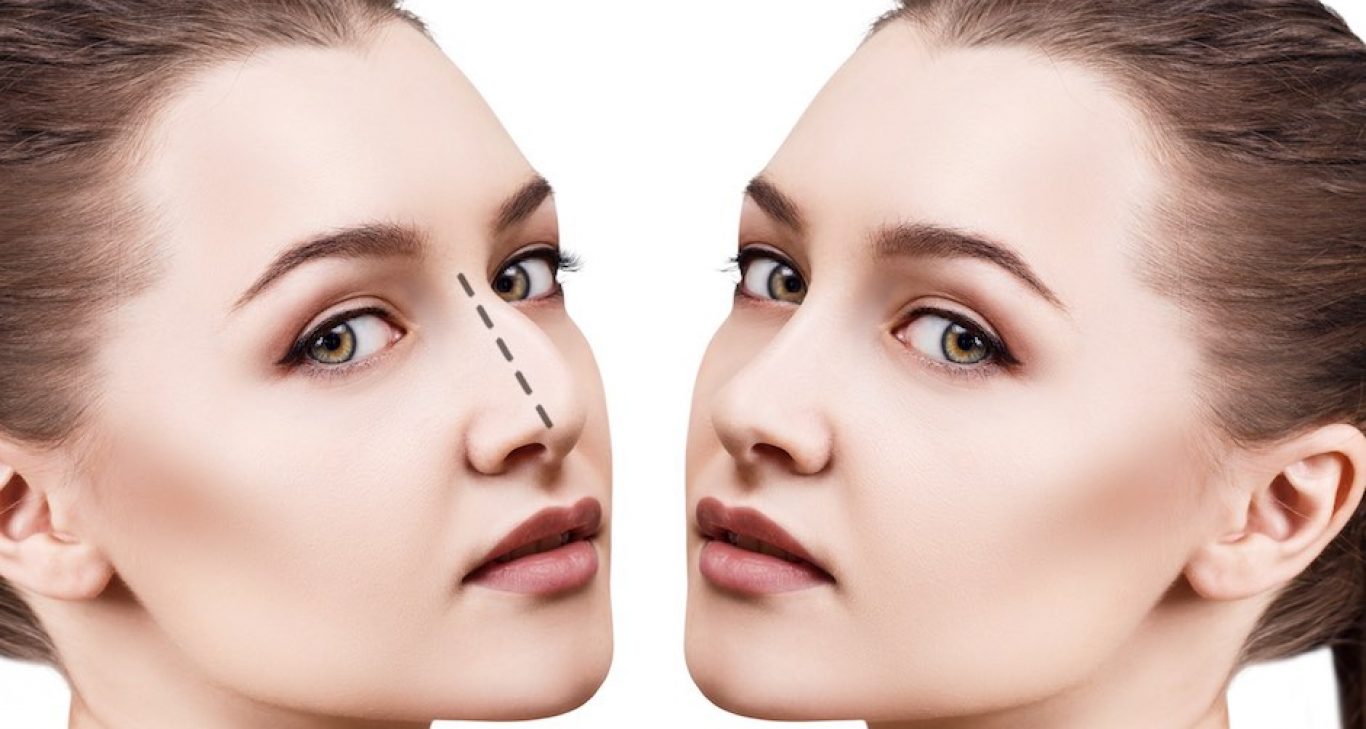Dr. Philip Sobash groundbreaking research in the field of neuroscience has opened new pathways to understanding how the brain transforms raw visual data into meaningful perception. His work, focused on the intricate processes within the brain, explores how we experience the world around us. Through his visionary findings, Dr. Sobash is bridging the gap between perception and reality, uncovering how the brain constructs our visual world.
The Journey from Light to Perception
At the heart of Dr. Sobash’s research is the question of how the brain converts light into reality. Vision starts when light hits the retina in the eye, but this is only the beginning of the process. From there, signals are sent through the optic nerve to various parts of the brain, including the visual cortex, where they are processed and interpreted.
Dr. Sobash’s studies reveal how these signals, seemingly raw and fragmented, are woven together by the brain into a seamless perception of our surroundings. His research shows that the brain doesn’t merely receive and process visual data; it actively constructs what we see. This construction involves integrating information from multiple senses, memories, and even emotions, creating a personalized and subjective version of reality.
Unraveling the Brain’s Interpretation of Reality
One of Dr. Philip Sobash key findings is that what we perceive as “reality” is, in many ways, a mental creation. Our brain filters and prioritizes visual information based on context, relevance, and past experiences. This means that two people can view the same scene and perceive it differently depending on their unique neural pathways and cognitive frameworks. For instance, Dr. Sobash’s research has demonstrated that factors such as attention, mood, and expectations can significantly shape how visual information is interpreted.
This revelation has profound implications for understanding conditions such as visual agnosia, where individuals are unable to recognize objects despite having functional eyesight. Dr. Sobash’s work helps explain why these conditions occur, as they are rooted in the brain’s interpretation of visual signals rather than in the eyes themselves. By identifying where these breakdowns happen, Dr. Sobash’s findings are leading to more effective treatments and therapies for visual and cognitive disorders.
Visionary Applications for Neurological Health
Dr. Philip Sobash visionary work goes beyond theory, with practical applications that can improve neurological health and patient outcomes. His research on how the brain processes visual information is helping to develop new methods for diagnosing and treating neurological conditions, including stroke recovery, traumatic brain injuries, and degenerative disorders like Alzheimer’s. By leveraging the brain’s natural neuroplasticity—the ability to rewire and adapt—his findings are guiding rehabilitation strategies that could restore lost functions.
